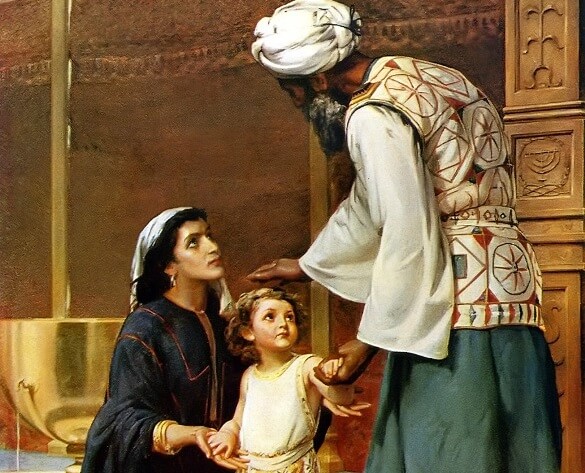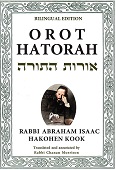
Nine Blessings
The longest prayer of the year is the Musaf prayer of Rosh Hashanah. The Talmud in Berachot 29a teaches that this prayer is connected to Hannah, the mother of the prophet Samuel:
“Why are there nine blessings in the Rosh Hashanah prayer? Because Hannah mentioned God’s Name nine times in her prayers for a son. For it was taught: [The prayers of] Sarah, Rachel, and Hannah were answered on Rosh Hashanah.”
Rosh Hashanah, at the start of the new year, is a time when all creatures are judged by God. The Sages used the imagery of a shepherd who inspects his sheep as they pass, one by one, under his staff. Such is God’s judgment on Rosh Hashanah; the Divine inspection is not only on the level of nations and species, but also for each individual
What is the significance of the number nine? If we analyze numbers, we find that ten indicates a unit that is also a group of smaller units. The number nine, on the other hand, emphasizes the individuality of each unit, without being combined into a larger group. Nine is therefore an excellent choice for a number emphasizing the aspect of Rosh Hashanah as a time of personal judgment for each individual.
Hannah’s Prayer
Is there a deeper connection between Hannah and our Rosh Hashanah prayer?
Hannah was naturally barren. Medically, she was incapable of bearing a child. Yet she pleaded for a child by virtue of her personal merits and intense yearnings. She beseeched God for special assistance, beyond that which was decreed on a general, natural basis. Hannah’s prayers truly exemplify the aspect of Divine providence for the individual, to the extent that Divine intervention was necessary in order to fulfill her request.
Especially on Rosh Hashanah, we need to impress upon ourselves how God judges each individual. When we are able to truly internalize this concept, we are motivated to correct our deeds and actions. And the moral elevation of each individual will bring about the overall repair of society and the entire world.
(Silver from the Land of Israel, pp. 47-48. Adapted from Ein Eyah vol. I on Berachot 29a (4:44).)
Illustration image: ‘Samuel Dedicated by Hannah at the Temple’ (Frank W. W. Topham, 1838–1924)





